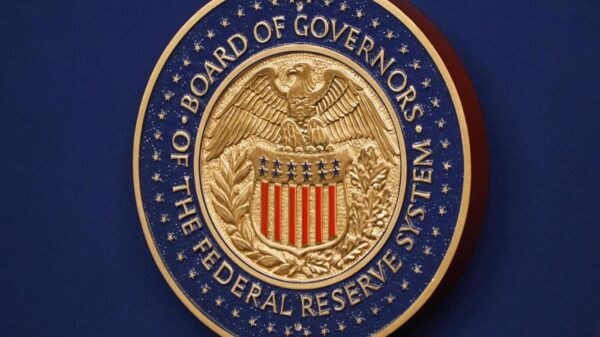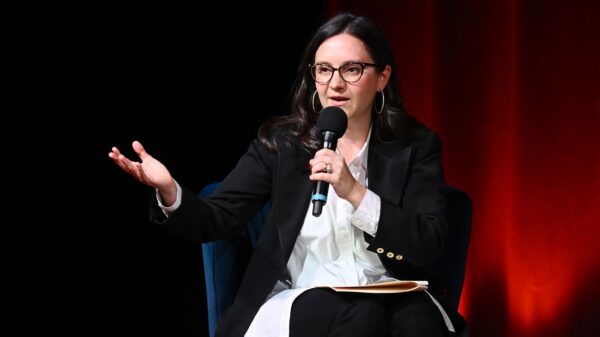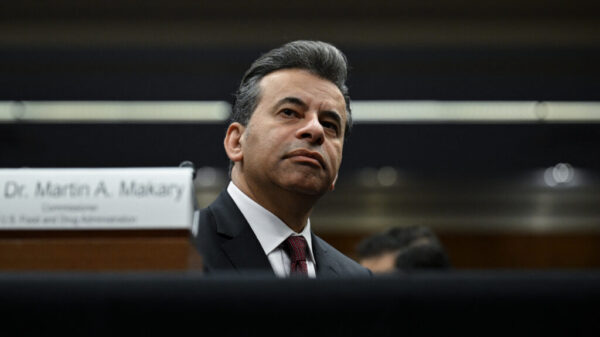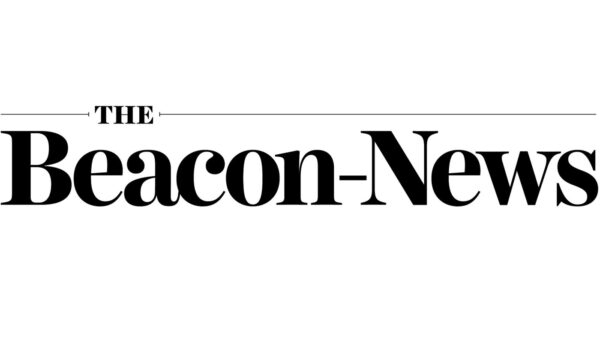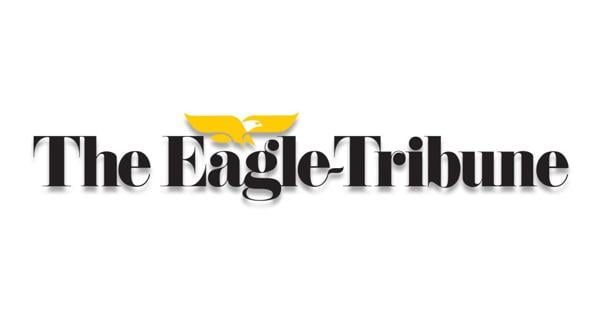URGENT UPDATE: Goldman Sachs has issued a stark warning: the U.S. economy may be heading into an era of “jobless growth” as artificial intelligence (AI) reshapes productivity but threatens employment opportunities. In a note released on September 25, 2023, analysts at Goldman Sachs highlighted that while productivity surges, the job market may not keep pace, leading to significant economic disparities.
The report emphasizes that AI is not just a technological advancement but a transformative force that could “split the economy in two.” Analyst Daniel Priestley warns that those who fail to adapt may be left behind as companies increasingly turn to AI to cut costs and enhance efficiency.
Goldman Sachs projects that the trend of modest job growth alongside robust GDP growth will likely continue. Recent data indicates that employment outside the healthcare sector has seen a downturn, with 32,000 jobs lost in the private sector in September, according to ADP data. The report also notes a staggering 17.2% drop in job openings year-over-year, a concerning trend that reflects shrinking opportunities in various industries.
The implications of this shift are profound. Goldman Sachs analysts point out that AI’s impact on the workforce is uneven, particularly affecting younger technology workers and those in industries most exposed to automation. While the bank remains skeptical of claims that AI could lead to widespread unemployment, they acknowledge the potential for “transitional friction,” a term referring to the economic adjustments that accompany such technological changes.
Historically, past recessions have shown that employment in routine occupations tends to decline sharply, especially following productivity booms. The early-2000s “jobless recovery” serves as a cautionary tale, where rapid GDP growth did not translate into job creation. Analysts warn that companies often use downturns to restructure their workforces, laying off less productive employees, which could exacerbate the current situation.
Moreover, the report raises concerns about inequality, suggesting that AI could “hollow out” middle-income jobs while rewarding those who can effectively leverage new technologies. This phenomenon mirrors past disruptions seen in blue-collar sectors due to automation, where skilled positions were displaced.
Despite these challenges, there is a silver lining: faster productivity growth is likely to keep inflation in check. Analysts suggest this may provide the Federal Reserve with the flexibility to lower interest rates, even if unemployment rises, similar to strategies employed during the early 2000s recovery.
As the U.S. grapples with these urgent economic challenges, the landscape is further complicated by the lack of official job data amid the ongoing government shutdown. The latest findings from workforce analytics firm Challenger, Gray & Christmas reveal that hiring plans have hit their lowest levels since the Great Recession, raising alarms about the future of employment in the country.
As Goldman Sachs’ report resonates through the financial sector, individuals and policymakers alike are urged to reflect on the growing divide between productivity and job availability. The coming months will be critical in determining how effectively the workforce can adapt to the evolving economic landscape shaped by AI.
Stay tuned for more updates on this developing story.




